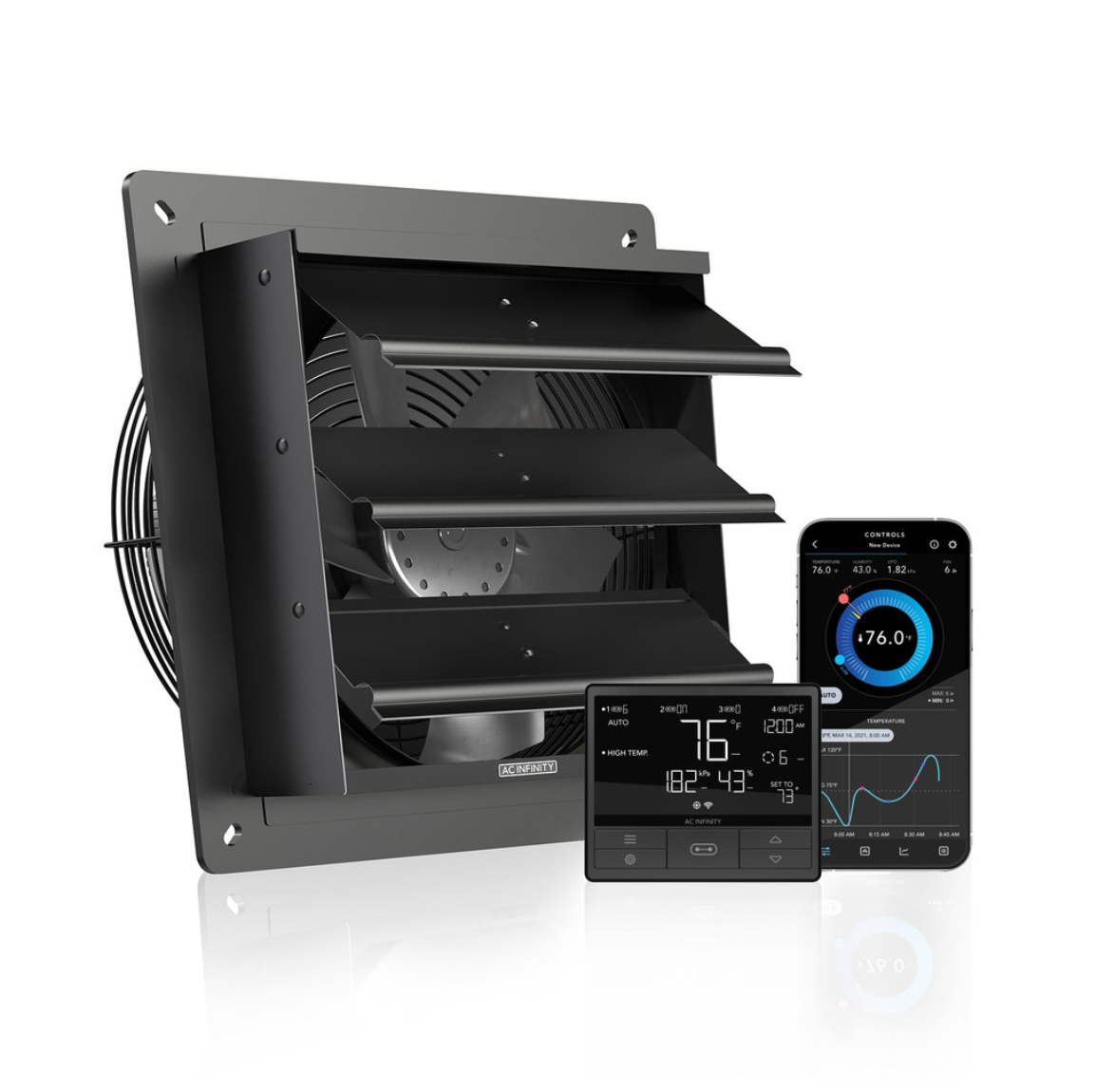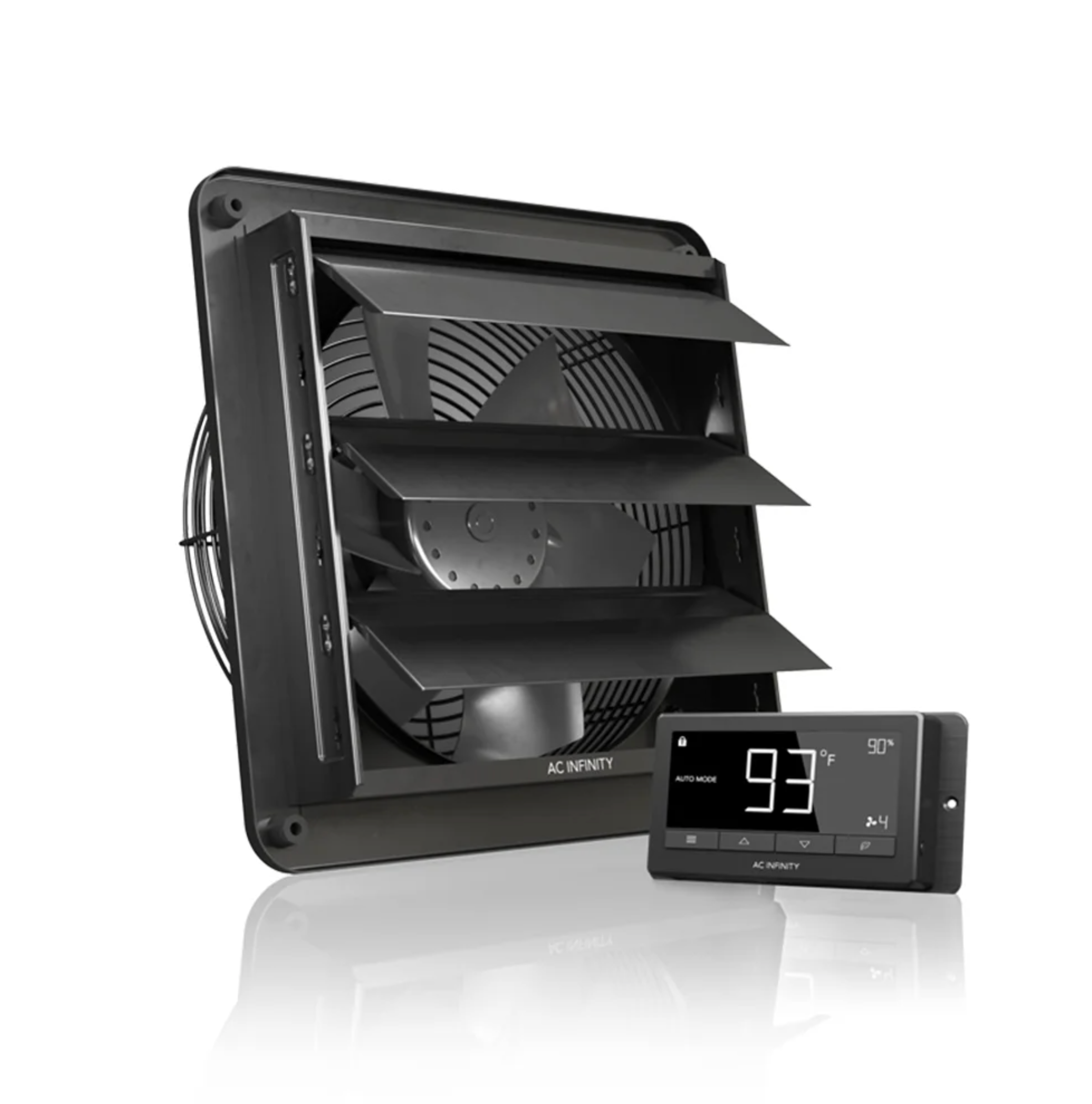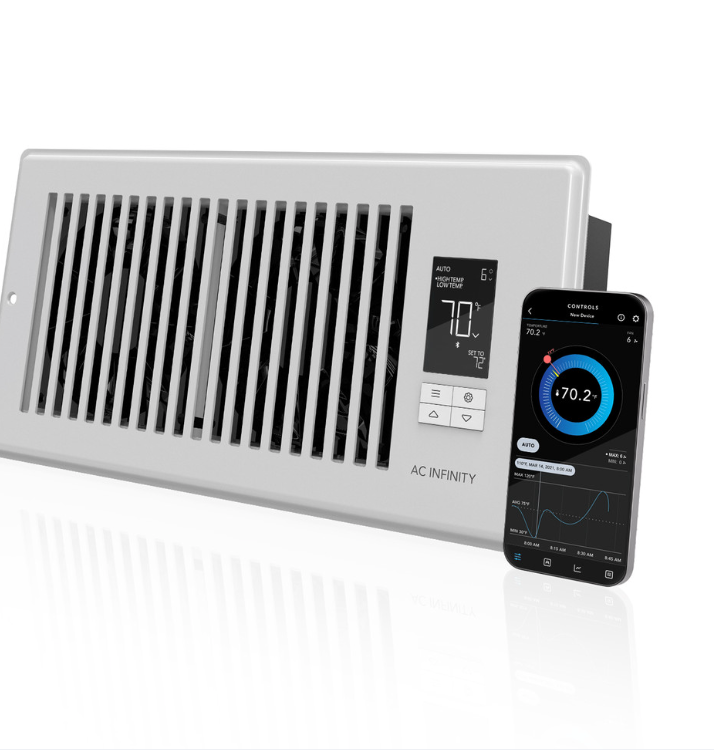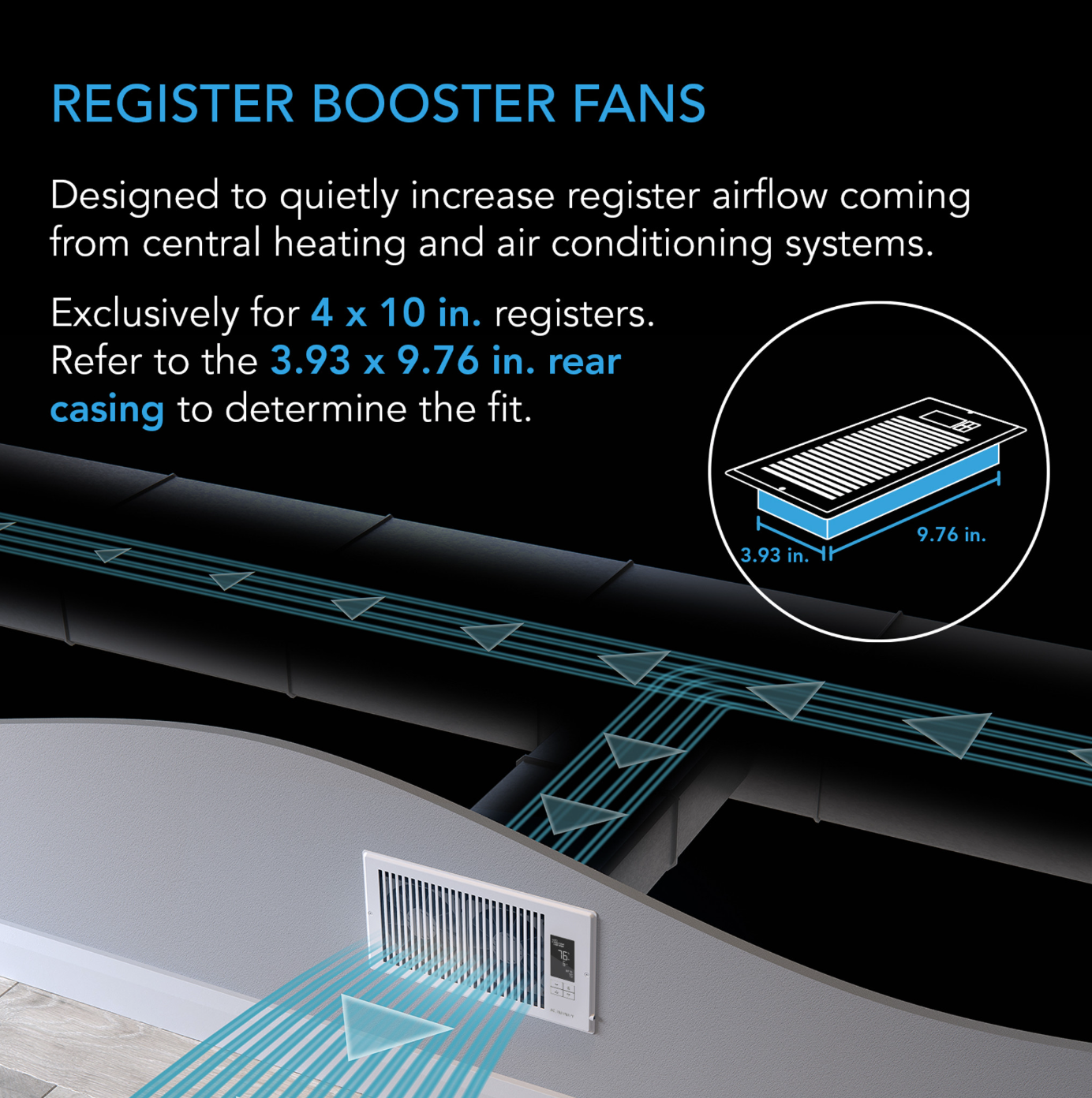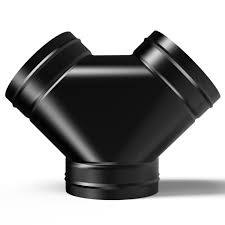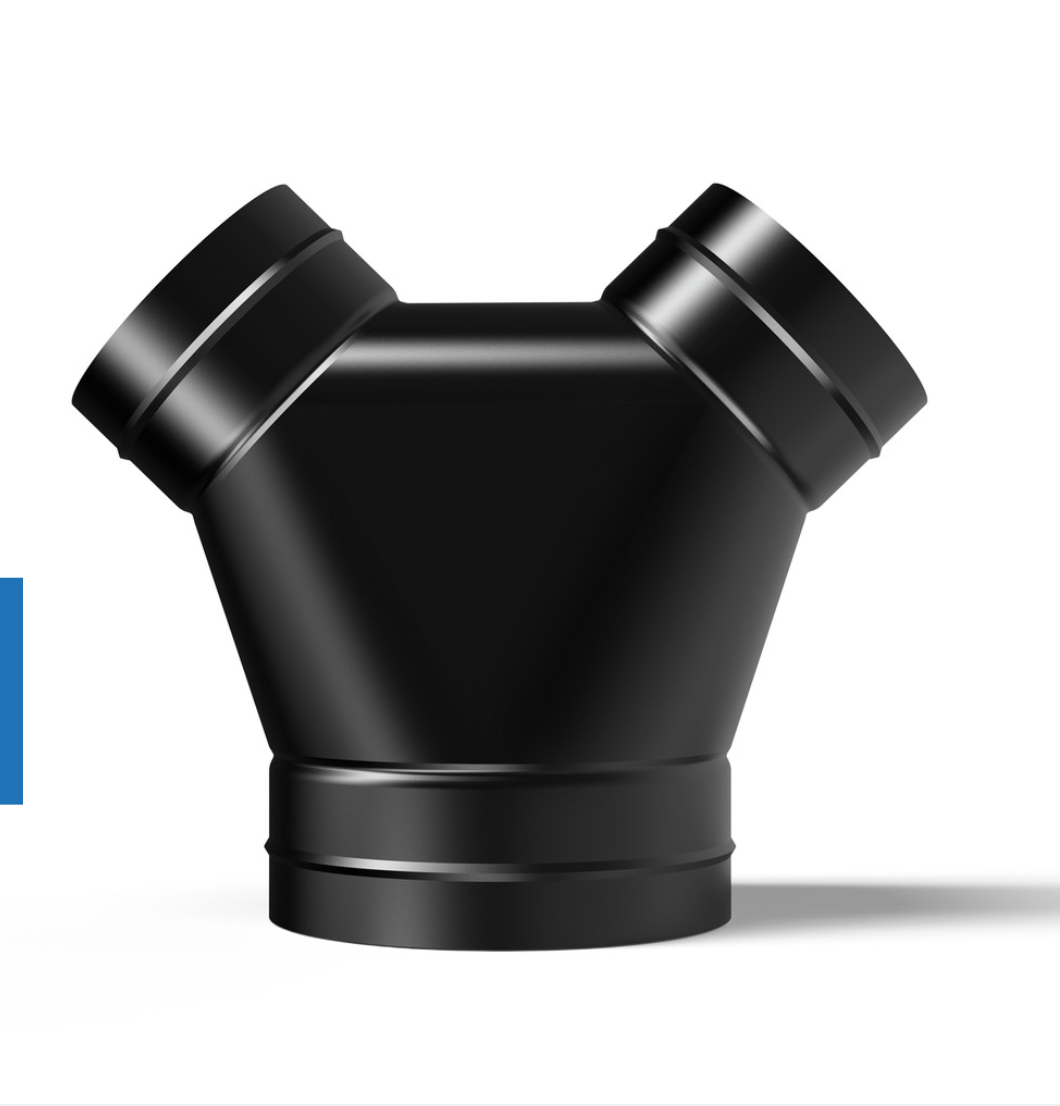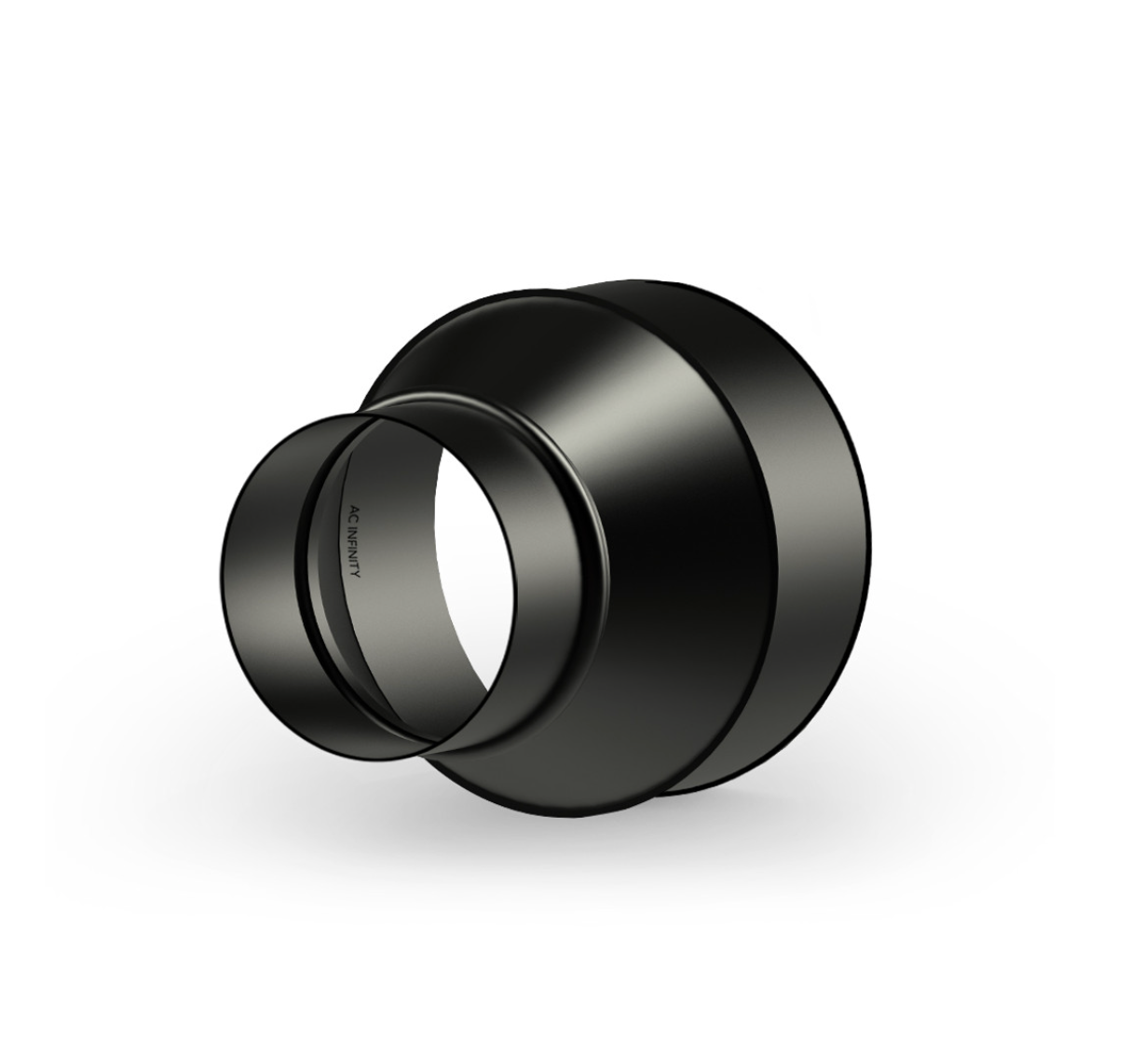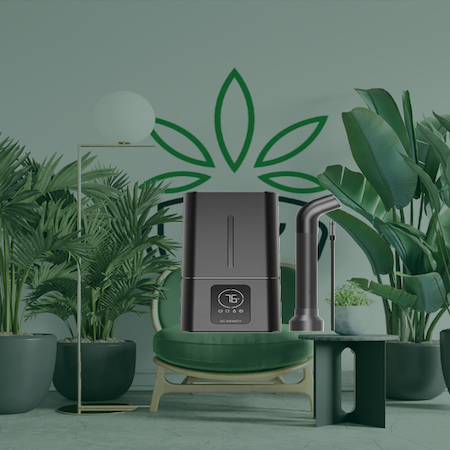
Why Grow Vegetables Indoors in Winter?

Growing vegetables indoors during winter offers more benefits than just fresh produce:
- Year-Round Harvests: Keep growing and harvesting fresh veggies through winter.
- Avoid Harsh Weather: Shield your plants from frost, snow, and winter storms.
- Better Control Over Growth: Set the perfect light, temperature, and humidity for your plants.
- Healthy Eating: Enjoy fresh, pesticide-free, nutrient-rich vegetables.
- Therapeutic Hobby: Stay connected to nature and find peace in gardening during winter months.
Best Vegetables to Grow Indoors During Winter
Not all vegetables thrive indoors, but these cold-hardy and fast-growing varieties will flourish in your indoor garden:
1. Leafy Greens
Leafy greens are perfect for indoor winter growing—they're easy to grow and very rewarding.
- Spinach: Thrives in cooler temperatures and grows quickly indoors.
- Lettuce: Great for continuous harvesting; try butterhead, romaine, or loose-leaf varieties.
- Kale: Packed with nutrients, kale is perfect for indoor containers or grow trays.
Use a shallow grow tray and nutrient-rich soil like BuildaSoil to maximize growth.
2. Herbs
Herbs need little space and add fresh flavor to your meals—perfect for indoor winter gardens.
- Basil: A warm-season herb that grows well indoors with proper lighting.
- Parsley: Thrives in cooler temperatures, perfect for winter.
- Thyme and Oregano: Hardy herbs that are both aromatic and easy to grow indoors.
Place herbs near a sunny window or use a small LED grow light to keep them happy during shorter days. Check out LED grow light options here.
3. Root Vegetables
While less common for indoor growing, compact root vegetables can thrive in small indoor gardens.
- Radishes: Fast-growing and perfect for small containers.
- Carrots: Look for smaller varieties like "Parisian" or "Thumbelina" for container-friendly growing.
- Beets: Grow well in deep pots and tolerate cooler temperatures.
Ensure you use deep containers with proper drainage, like these fabric grow pots, to encourage root development.
4. Microgreens
Microgreens pack a nutritional punch and grow quickly—ideal for eager gardeners.
- Common varieties: Sunflower, pea shoots, arugula, and broccoli.
- Ready to harvest in as little as 7–10 days.
Use a compact microgreen growing tray, which you can find here.
5. Peppers and Cherry Tomatoes
Want color in your indoor garden? Cherry tomatoes and peppers are great choices. They need extra attention and strong light but will produce fruit all winter.
- Use a full-spectrum LED grow light to replicate summer daylight.
- Choose compact varieties like "Tiny Tim" cherry tomatoes or "Mini Bell" peppers.
Setting Up Your Winter Indoor Garden
Success starts with the right environment. Here's what you need:
1. Light Matters
Winter days are short on natural light. Get a full-spectrum LED grow light to mimic sunlight, and place it 6–12 inches above your plants.
- Check out this adjustable LED grow light: Grow Lights for Indoor Plants.
2. Control Temperature and Humidity
Winter brings dry air and temperature swings. Most vegetables need temperatures of 65–75°F and 40–60% humidity.
- Use a digital hygrometer to track these conditions.
- If humidity drops, use a humidifier or place a water tray near your plants.
3. Choose the Right Containers
Good drainage prevents waterlogged roots. Your options include:
- Fabric pots: Promote air circulation and prevent root rot.
- Self-watering containers: Perfect for beginners, as they provide consistent moisture.
Explore container options here: Indoor Gardening Pots and Containers.
4. Use High-Quality Soil
Indoor gardens need lightweight, nutrient-rich soil. Skip outdoor garden soil—it can harbor pests and diseases.
- Try Build a Soil, which is specifically formulated for indoor plants.
5. Water Wisely
Most indoor gardening mistakes involve overwatering. Keep a regular schedule and check soil moisture before watering.
Common Challenges in Winter Indoor Gardening (and How to Fix Them)
1. Lack of Light
- Solution: Use LED grow lights to give your plants enough light during short winter days.
2. Pest Infestations
- Solution: Check plants often and treat problems naturally with neem oil or insecticidal soap.
3. Mold and Fungal Issues
- Solution: Keep air moving with an oscillating fan and avoid overwatering.
Essential Tools for Winter Indoor Gardening
| Tool | Purpose | Recommended Product |
|---|---|---|
| LED Grow Light | Mimics sunlight during shorter winter days. | Full-Spectrum LED Lights |
| Digital Hygrometer | Monitors temperature and humidity levels. | Thermo-Hygrometer |
| Fabric Pots | Prevents root rot and promotes healthy roots. | Fabric Grow Pots |
| Microgreen Growing Tray | Perfect for growing fast-growing microgreens. | Microgreen Tray |
| Neem Oil | Natural pest and fungal treatment. | Neem Oil Concentrate |
Conclusion
Indoor gardening lets you grow fresh vegetables all winter long. With the right setup and care, you can turn any indoor space into a thriving garden.
From leafy greens to microgreens and root vegetables, you have plenty of options. Start your winter garden with quality supplies from Home Grow Supplies!
FAQs
1. What vegetables grow best indoors in winter?
Leafy greens like spinach and kale, herbs like parsley, and root vegetables like radishes are ideal for indoor winter gardening.
2. Do I need grow lights for winter indoor gardening?
Yes, during winter, shorter days mean less natural light, so LED grow lights are essential for optimal growth.
3. How can I prevent mold in my indoor garden?
Ensure good airflow using an oscillating fan and avoid overwatering your plants.
4. What's the best soil for indoor vegetable gardening?
Light, nutrient-rich soil like BuildaSoil Craft Blend works best for indoor plants.
5. Can I grow tomatoes indoors during winter?
Yes, cherry tomatoes thrive indoors with proper lighting and care.
6. Where can I find indoor gardening supplies?
Visit Home Grow Supplies for premium pots, lights, and tools for winter gardening.
Stay warm and keep growing! 🌱
Indoor gardening, winter vegetables, indoor grow guide, cold weather gardening, vertical garden systems, best veggies for winter, small space gardening, LED grow lights, indoor vegetable garden tips, grow fresh vegetables indoors, winter gardening ideas, indoor herb garden, hydroponic systems, indoor gardening supplies

